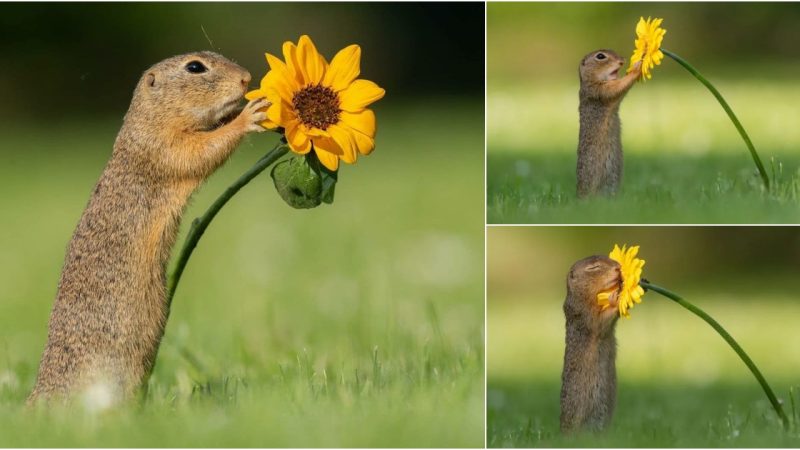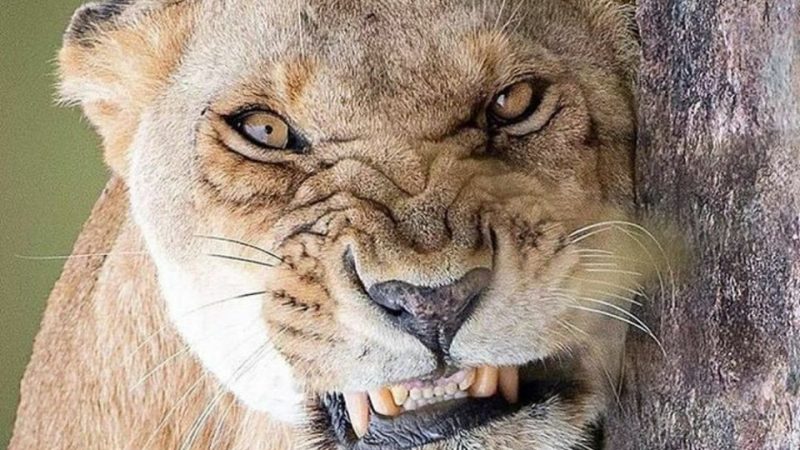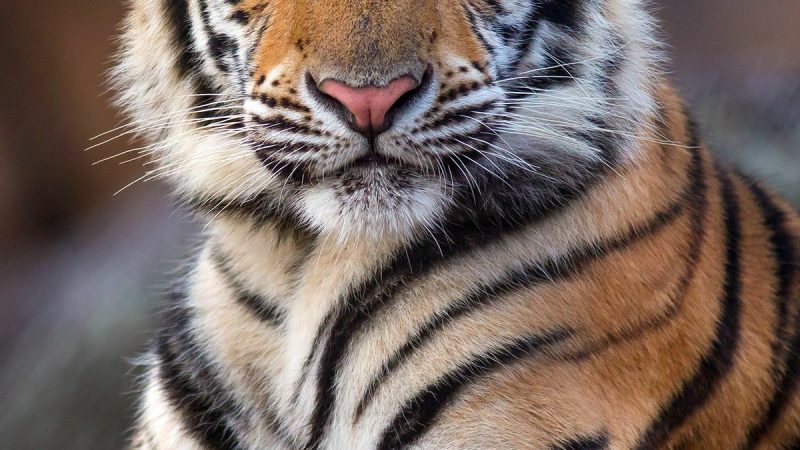
The Whistling Kite, a formidable bird of prey, graces the skies with its powerful presence and distinctive whistling call, echoing through forests and grasslands. This medium-sized raptor exhibits remarkable characteristics that have fascinated bird enthusiasts and nature lovers alike.

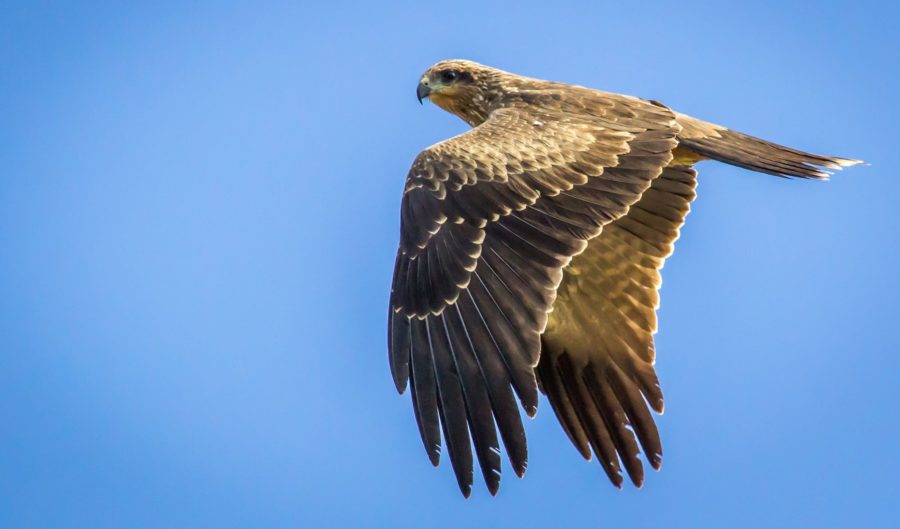

Distinguished by its pale buff upperparts and head, the Whistling Kite presents a unique ‘shaggy’ appearance, with dark brown wings, flight feathers, and a characteristic ‘M’ shape visible under its outstretched wings. Its slender head and body are complemented by long wings and a rounded tail, while short featherless legs and bone-colored feet contribute to its overall agile build.
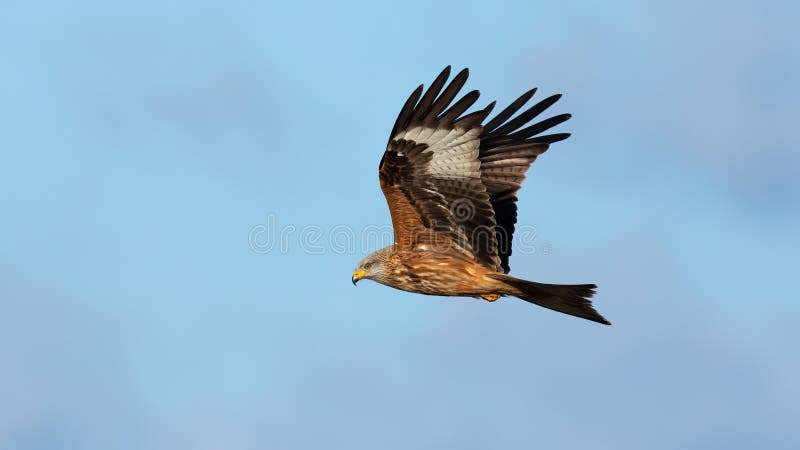

The Whistling Kite’s whistling call, followed by rapid higher-pitched notes, fills the air as a signature sound. This remarkable species is generally found in open woodlands, near water sources, and various habitats across Australia and southern New Guinea.
With a wingspan between 120 to 146cm (47 to 57 inches) and a length of 51 to 59cm (20 to 23 inches), the Whistling Kite’s dimensions underscore its prowess as a skilled aerial hunter. This bird’s preferred diet includes a mix of carrion, small mammals, birds, fish, insects, amphibians, and reptiles.



Migration patterns and behaviors vary among these birds, with some populations being partially migratory. Whistling Kites demonstrate a sense of companionship, often roosting in pairs or groups during specific periods. The construction of their nests is a joint effort, with both male and female birds collaborating to build a platform of sticks lined with green leaves.
The Whistling Kite’s breeding season ranges from July to December in Australia, aligning with the dry season. One to three clutches of eggs are laid, which are incubated by both parents for 35 to 38 days. After hatching, the chicks spend around 44 to 54 days in the nest before fledging.
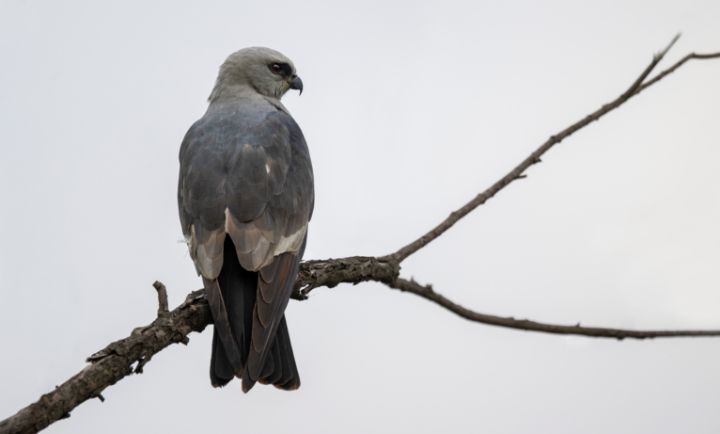

In essence, the Whistling Kite exemplifies the majestic harmony of nature. With its aerial prowess, striking plumage, and captivating behaviors, it leaves an indelible mark on the landscape and captures the imagination of all who encounter its soaring flight and distinctive call.

